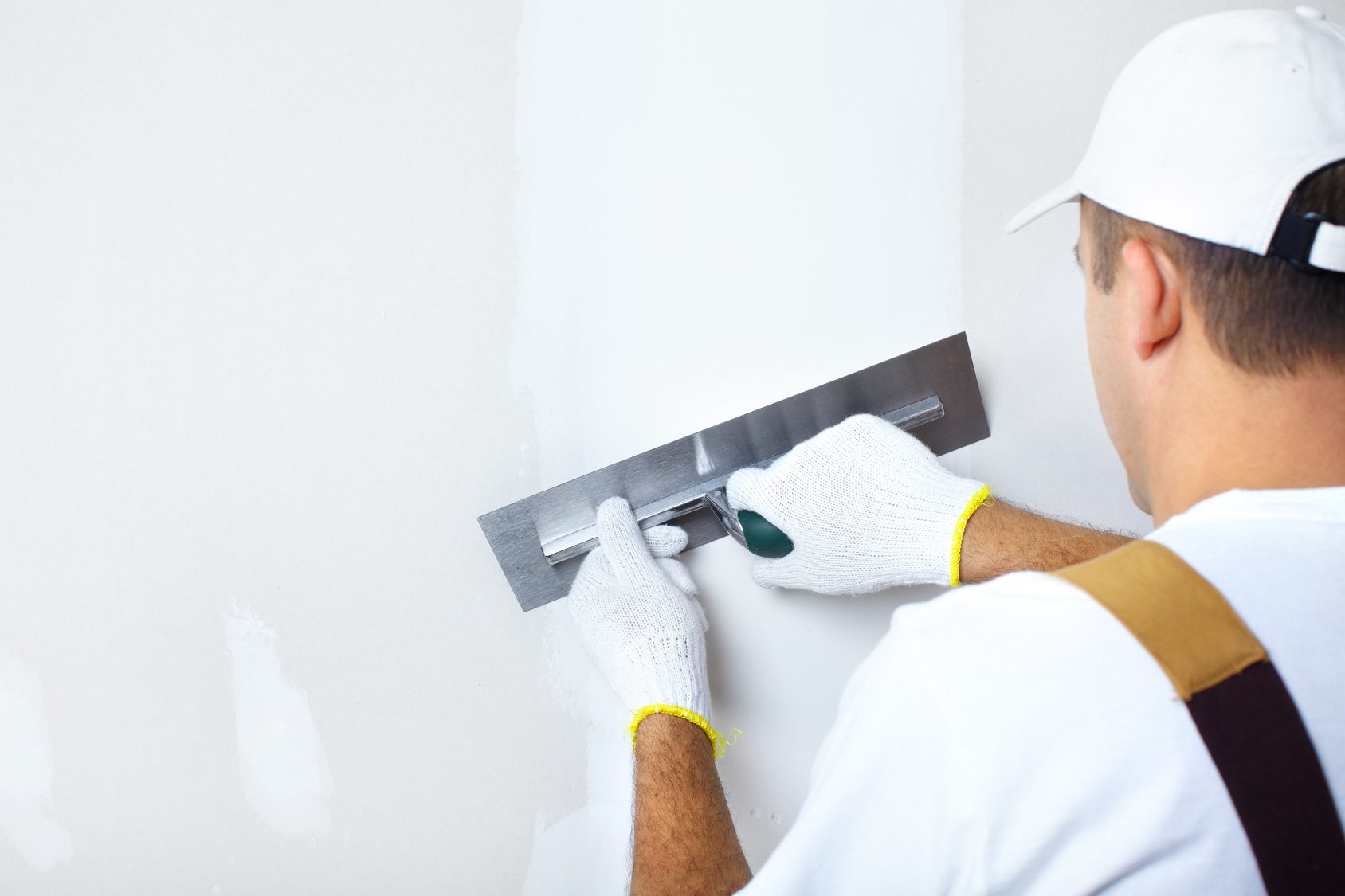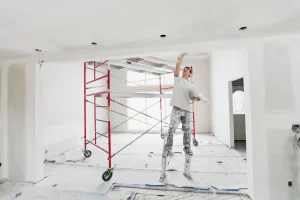Plastering is often regarded as an art form that’s difficult to master. It can be difficult to start a new plastering project. Even the most experienced builders hire a plasterer to tackle the plastering project. With the correct tools and techniques, you can achieve the desired result from the beginning. If you are confident, you can quickly learn how to plaster.
We have compiled the best plastering advice to make your project easier. These tips will help you to improve your plastering abilities and achieve professional results.
Here are some tips for plastering:
- Plasterers who are experts will always recommend that you clean the area before plastering. It is important to remove any loose or worn-out wallpaper. This will help you achieve a smooth, secure finish.
- The suction ability of the surface to be plastered must be managed properly. The suction can be a major factor in determining whether the result is good or bad.
- The plaster particles will be removed from walls with a low level of suction. You will need to use a PVA that has been diluted in water when plastering these walls. Add sand to your mix for extra adhesion. It is usually best to maintain a 4:1 ratio. It may differ from one plaster to another.
- The plaster will also dry out quickly when you use masonry that is extremely permeable. It can be difficult to get a smooth finish because you will not have enough time to level out the surface. It is best to wet the area before plastering. This will stop the plaster from slipping off.
- Use two coats. You will get a smoother finish.
- It is essential to plaster with clean equipment and tools. You will prevent the plaster from deteriorating due to dirty trowels or buckets.
- Prepare your surface first before you begin to plaster. Plaster doesn’t just stick to any surface. If you don’t, your plaster may start to peel off.
Expert plastering tips for skim coating.
There are six steps to skimming your walls.
- Start by applying a 2mm smooth skim coat.
- If you can’t remove the whole covering by hand. When the layer applied has become a bit “dingy,.” With your trowel, you must flatten all bumps and ridges which develop over the 2mm thick layer.
- Use a second coating of approximately 1 mm.
- Once again, use your trowel to smooth out the surface. If you find that the skim coat is ‘tacky,’ use the trowel to smooth out any dents or holes.
- Let it dry and harden. As the plaster begins to harden, you will notice that many of the ridges flatten themselves.
- Any problems, such as blistering, will resolve themselves when the paint has dried.
Use only high-quality plastering tools.
It is important to use high-quality plastering tools and good techniques. It helps to achieve the desired finish. This doesn’t necessarily mean you need to buy expensive tools. You can find the best equipment at a reasonable price if you buy from a reputable and well-known store.

